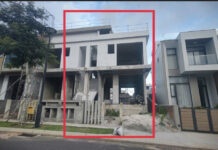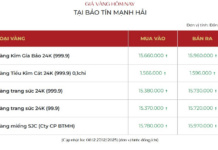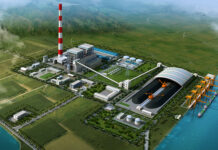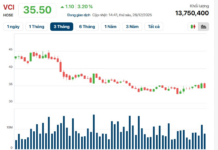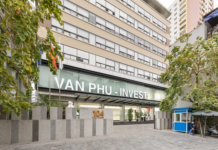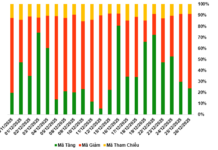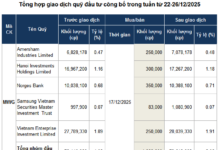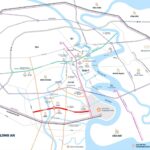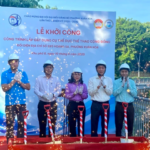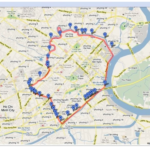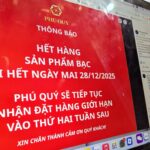Trungnam Group has proposed to the People’s Committee of Ho Chi Minh City their interest in participating in the Can Gio Bridge project, suggesting a build-transfer (BT) arrangement under the public-private partnership (PPP) contract model.
Previously, Ho Chi Minh City had assigned Trungnam Group to prepare a pre-feasibility report for the project. The report was submitted to the city’s People’s Committee and used by the former Department of Transportation as a basis for completion and presentation to the Municipal People’s Council in late 2023.
According to Trungnam Group, the project is estimated to require a total investment of VND 10,569 billion and is planned to be implemented in the 2024-2028 period under the build-operate-transfer (BOT) format. However, following the adjustment of Metro Line 12 (from District 7 to Can Gio) to a PPP model per Decision 1125/QD-TTg, the company believes that a shift in capital mobilization is necessary.
Trungnam Group argues that the BOT model faces limitations due to low traffic volume, prolonged payback periods of 30-50 years, and potential impacts on Metro Line 12. Hence, they propose transitioning to a PPP model, anticipating optimized financial efficiency, reduced environmental impact, and better alignment with local realities.
The company assures comprehensive support from design to construction, guaranteeing timely and quality delivery. Trungnam Group has a track record of successfully executing significant projects, including My Thuan 2 Bridge, Rach Mieu 2 Bridge, Phu An Bridge, and Ham Luong – Ca Mau Bridge.
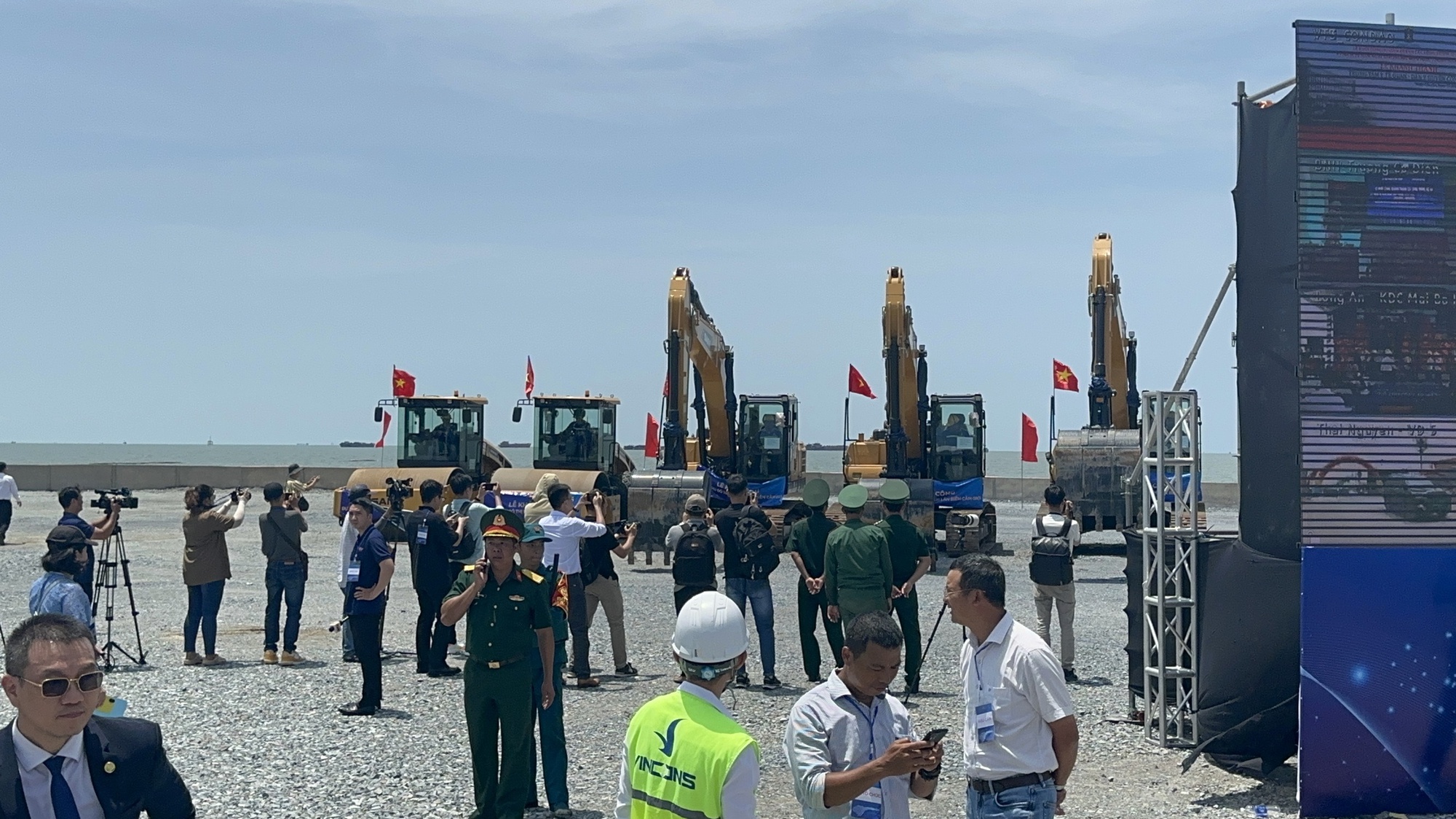
Vingroup recently broke ground on a massive land reclamation project in Can Gio in April 2025
In addition to Trungnam Group, Masterise Group has also expressed interest in investing in the Can Gio Bridge project through a BT arrangement. Likewise, Thaigroup has petitioned the city to consider their participation in the project via a BT contract or other suitable methods.
As per the plan, the Can Gio Bridge will span the Soai Rap River, connecting the former Can Gio and Nha Be districts. It will follow Route 15B, intersect with Nguyen Binh, and join Rung Sac Road, approximately 2.5 km south of Binh Khanh ferry terminal.
Currently, the primary means of transportation between Can Gio and Ho Chi Minh City’s center relies on the Binh Khanh ferry. Along with the Can Gio Bridge, a 48.5 km-long metro line is in the works, expected to cater to travel demands and boost development with the establishment of an international transshipment port and a coastal urban area.
The Rise of Southern Saigon: Real Estate Boom Near Phu My Hung
“Unveiling the secrets behind soaring land prices, Batdongsan.com.vn’s research data highlights the pivotal role of transportation infrastructure development. With a significant 41% influence, the construction of bridges, roads, and metros emerges as the prime mover. This is followed by a host of other factors, including the intricacies of urban planning, the psychological expectations of investors, population growth, and the ever-present demand for housing.”
“Emerald 68: An Enticing Offer”
The Emerald 68 presents an opportunity like no other. With prices at almost half the rate of comparable projects in the Saigon Ward area, it offers a unique chance to own a luxury apartment. But that’s not all – the payment plans are incredibly flexible, providing a solution to all your cash flow concerns.
Proposed Fuel and Diesel Vehicle Restrictions in Ho Chi Minh City’s Center from 2026
In the initial phase, heavy-duty diesel trucks will be completely prohibited from entering the low-emission zone in downtown Ho Chi Minh City. In addition, commercial vehicles that do not meet Euro 4 standards and motorcycles providing services that fail to meet the Euro 2 emission standards will also be restricted from entering this area.







